APC 2009 Annual Report Download - page 74
Download and view the complete annual report
Please find page 74 of the 2009 APC annual report below. You can navigate through the pages in the report by either clicking on the pages listed below, or by using the keyword search tool below to find specific information within the annual report.-
 1
1 -
 2
2 -
 3
3 -
 4
4 -
 5
5 -
 6
6 -
 7
7 -
 8
8 -
 9
9 -
 10
10 -
 11
11 -
 12
12 -
 13
13 -
 14
14 -
 15
15 -
 16
16 -
 17
17 -
 18
18 -
 19
19 -
 20
20 -
 21
21 -
 22
22 -
 23
23 -
 24
24 -
 25
25 -
 26
26 -
 27
27 -
 28
28 -
 29
29 -
 30
30 -
 31
31 -
 32
32 -
 33
33 -
 34
34 -
 35
35 -
 36
36 -
 37
37 -
 38
38 -
 39
39 -
 40
40 -
 41
41 -
 42
42 -
 43
43 -
 44
44 -
 45
45 -
 46
46 -
 47
47 -
 48
48 -
 49
49 -
 50
50 -
 51
51 -
 52
52 -
 53
53 -
 54
54 -
 55
55 -
 56
56 -
 57
57 -
 58
58 -
 59
59 -
 60
60 -
 61
61 -
 62
62 -
 63
63 -
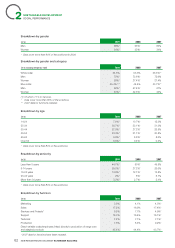 64
64 -
 65
65 -
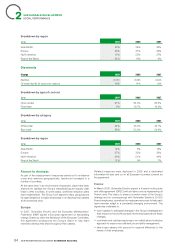 66
66 -
 67
67 -
 68
68 -
 69
69 -
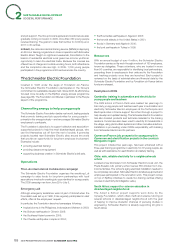 70
70 -
 71
71 -
 72
72 -
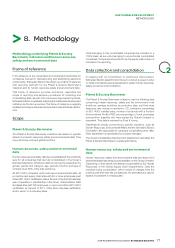 73
73 -
 74
74 -
 75
75 -
 76
76 -
 77
77 -
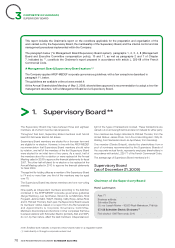 78
78 -
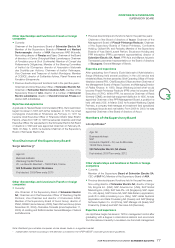 79
79 -
 80
80 -
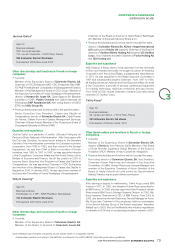 81
81 -
 82
82 -
 83
83 -
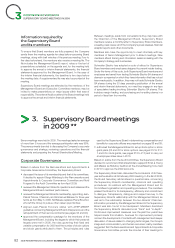 84
84 -
 85
85 -
 86
86 -
 87
87 -
 88
88 -
 89
89 -
 90
90 -
 91
91 -
 92
92 -
 93
93 -
 94
94 -
 95
95 -
 96
96 -
 97
97 -
 98
98 -
 99
99 -
 100
100 -
 101
101 -
 102
102 -
 103
103 -
 104
104 -
 105
105 -
 106
106 -
 107
107 -
 108
108 -
 109
109 -
 110
110 -
 111
111 -
 112
112 -
 113
113 -
 114
114 -
 115
115 -
 116
116 -
 117
117 -
 118
118 -
 119
119 -
 120
120 -
 121
121 -
 122
122 -
 123
123 -
 124
124 -
 125
125 -
 126
126 -
 127
127 -
 128
128 -
 129
129 -
 130
130 -
 131
131 -
 132
132 -
 133
133 -
 134
134 -
 135
135 -
 136
136 -
 137
137 -
 138
138 -
 139
139 -
 140
140 -
 141
141 -
 142
142 -
 143
143 -
 144
144 -
 145
145 -
 146
146 -
 147
147 -
 148
148 -
 149
149 -
 150
150 -
 151
151 -
 152
152 -
 153
153 -
 154
154 -
 155
155 -
 156
156 -
 157
157 -
 158
158 -
 159
159 -
 160
160 -
 161
161 -
 162
162 -
 163
163 -
 164
164 -
 165
165 -
 166
166 -
 167
167 -
 168
168 -
 169
169 -
 170
170 -
 171
171 -
 172
172 -
 173
173 -
 174
174 -
 175
175 -
 176
176 -
 177
177 -
 178
178 -
 179
179 -
 180
180 -
 181
181 -
 182
182 -
 183
183 -
 184
184 -
 185
185 -
 186
186 -
 187
187 -
 188
188 -
 189
189 -
 190
190 -
 191
191 -
 192
192 -
 193
193 -
 194
194 -
 195
195 -
 196
196 -
 197
197 -
 198
198 -
 199
199 -
 200
200 -
 201
201 -
 202
202 -
 203
203 -
 204
204 -
 205
205 -
 206
206 -
 207
207 -
 208
208 -
 209
209 -
 210
210 -
 211
211 -
 212
212 -
 213
213 -
 214
214 -
 215
215 -
 216
216 -
 217
217 -
 218
218 -
 219
219 -
 220
220 -
 221
221 -
 222
222 -
 223
223 -
 224
224 -
 225
225 -
 226
226 -
 227
227 -
 228
228 -
 229
229 -
 230
230 -
 231
231 -
 232
232 -
 233
233 -
 234
234 -
 235
235 -
 236
236 -
 237
237 -
 238
238 -
 239
239 -
 240
240 -
 241
241 -
 242
242 -
 243
243 -
 244
244
 |
 |

2009 REGISTRATION DOCUMENT SCHNEIDER ELECTRIC72
SUSTAINABLE DEVELOPMENT
2METHODOLOGY
Definitions
Planet & Society Barometer
CO2 emissions
In 2009, this indicator included SF6 gas leakage at the nine sites
concerned by this substance, energy consumption at reporting sites
and long-distance airfreight originating in France. CO2 equivalent
emissions for 2009 were compared with data for 2008 at comparable
Group structure but at 2009 business levels. The indicator calculates
the change in performance.
Green Premium lineup
For Green Premium products, a Product Environmental Profi le (PEP),
a guide for end-of-life disassembly and disposal and a list of any
substances governed by the European REACH directive are provided
online. In addition, Green Premium products comply with thresholds
defi ned in the European RoHS directive.
Global Compact
This indicator tracks the percentage of unit purchases made from
Global Compact signatories in 2009 or equivalent. As concerns
electronics equipment suppliers, the Electronic Industry code of
conduct (EICC) is used as an equivalent for the Global Compact
in the indicator.
Employee Net Promoter Score
In 2009, Schneider Electric surveyed all of its employees using
the Net Promoter Score method. The result shows the difference
between the percentage of Promoters and Detractors.
Train 10,000 young people from the base of the
pyramid in electricity
This indicator counts the number of students enrolled in training
courses supported by Schneider Electric for people at the base of
the pyramid.
Human resources, safety and environmental
data
F requency rate
The lost time injury frequency rate corresponds to the number of
accidents resulting in more than one day of lost work over a period
of twelve months per millions hours worked.
Severy Rate
The severy Rate is the number of days compensated per 1,000hours
worked, i.e. the number of days lost by temporary incapacity for
1,000hours worked .
CO2
The Group uses the method endorsed by the International Energy
Agency in 2000 to convert energy consumption into CO2 equivalent.
The conversion factors may be global (natural gas, fuel oil, diesel) or
national (electricity, urban heating, etc.).
Waste
The fi gures do not include exceptional waste, such as that from
building demolition or household waste.
Volatile organic compounds (VOCs)
Given the nature of the Group’s business, an estimate was made of
VOC emissions in 2009 to provide a rough approximation.
Product Environmental Profiles (PEPs)
This indicator corresponds to the number of PEPs compiled by
Schneider Electric.
